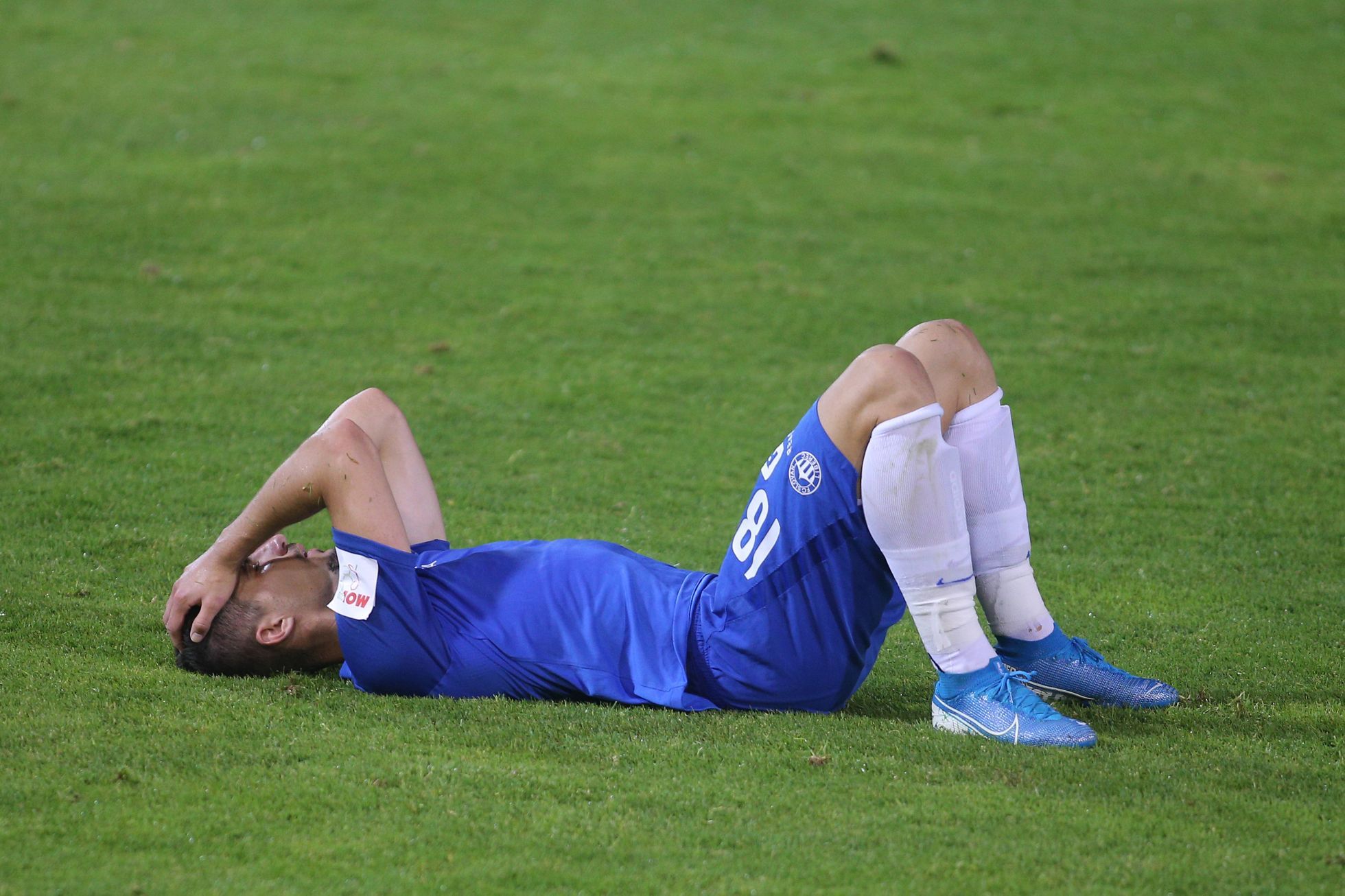Cytokine storm is now a hot discussion because it is said to be vulnerable to being experienced by patients COVID-19. But really, is it true that every COVID-19 patient can experience a cytokine storm? Or are there certain conditions that make a person vulnerable to cytokine storms?
What is a cytokine storm?
Internal medicine specialist, Dr. Ceva Wicaksono Pitoyo, SpPD-KP, explained that under normal conditions, cytokines are proteins released by immune cells as ‘weapons’ to cause inflammation. Another function, cytokines work to reduce inflammation.
“Some of them then rise high so it’s like when there is a war, there are a lot of bombs. What’s wrong, is also too low. There is information to withdraw the troops, even though there are more enemies in the battlefield. That’s what makes the patient’s condition worse,” he explained on YouTube. Indonesian Doctors Association (IDI), Friday (28/8/2021).
Who is most vulnerable to a cytokine storm?
Dr. Ceva explained, until now there is no special tool to predict the risk of cytokine storms. However, referring to the case of a cytokine storm in a COVID-19 patient, he said the factor that caused a cytokine storm was age. According to him, cytokine storms are experienced by many COVID-19 patients aged 55-65 years.
“We know that most children don’t get COVID and if COVID is mild, although we have to admit there are also deaths from children. But most of them don’t. The older people are, the more likely they are to get a cytokine storm. it occurs at the age of 55 years to 65 years, even higher,” he said.
“We can always anticipate further patients. The older we are, the greater the risk for a cytokine storm. Maybe that’s because as we age, the ability of our immune cells to intelligently regulate their immune response is getting a bit chaotic,” continued Dr. Ceva.
How to prevent a cytokine storm in severely symptomatic COVID-19 patients?
In COVID-19 patients with severe symptoms, especially those undergoing treatment at the hospital, an examination is generally carried out before returning home, including cytokines. Since a cytokine storm does not appear long after a COVID-19 patient has recovered, this test is ideally sufficient to check the patient’s cytokine condition.
This means that people who have recovered from COVID-19 do not need to take special precautions or checks related to the risk of cytokine storms.
“For example, someone who is clinical, physical, emotional, it is clear to the eyes that he has improved, there shouldn’t be a cytokine storm. Of course, ideally for those who are being treated, there should be an examination before he goes home regarding the cytokines,” he explained.
“If it has decreased, especially if it is checked serially 2 times or 3 times the examination then decreases, we can see that generally there will be no bumps. (The cytokine storm) has gone down and then rose again, that’s not it,” concluded Dr. Ceva.
Watch Videos”90% of Covid-19 Critical Patients Experience Cytokine Storm“
[Gambas:Video 20detik]
(vyp/up)
– .


